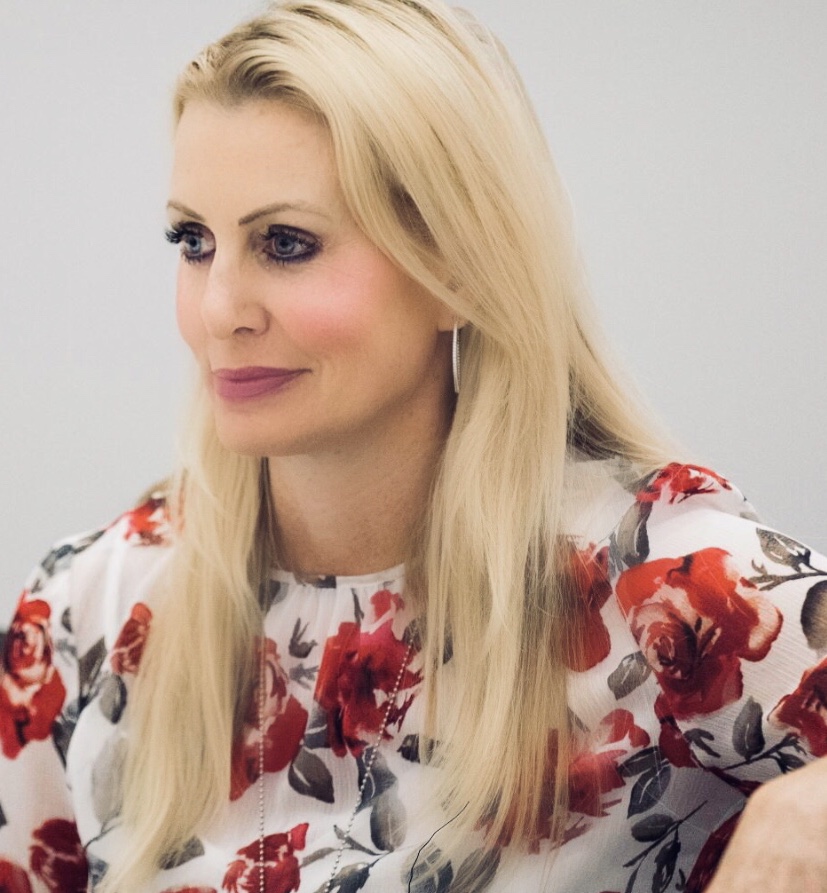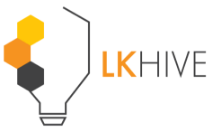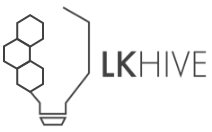Sarah Richardson
SVP & CIO, Tivity Health
What does innovation in Health IT mean to you?
Discussions about innovation tend to focus on the idea of direct cause and effect: adopt a new procedure to create a new outcome. I believe that is only a small part of the equation. People love to say, "innovation is key to growth," yet innovation involves action. What is a synonym for innovation? Change. Simply hearing the word change may cause blood pressure to rise. The irony is that people tend to believe they like change until that change causes them to drift too far away from their status quo. To truly be innovative, reflection and evaluation of the current status must occur. What systems and foundations are already in place that can be leveraged and adapted? Our society has adopted a rather negative connotation of the word change. If even a glimpse of familiarity can be provided, the adoption of change is more likely to happen.
It is important to remember, especially in healthcare, once helpful solutions can evolve and become limiting. When change is embraced and innovation is viewed through an optimistic lens, it allows for a more thorough, judgment-free discussion to occur. These discussions foster a safe environment for brainstorming, conversation, and debate. Stakeholders must have a holistic view that understands the role Health IT has within an organization's outcomes. We must ask ourselves, outside of technology, how can IT better engage patients and providers to create a higher standard of results?
What changes would you like to see in health IT?
I come from a hospitality background, and I believe it is one reason my healthcare career has been so unique and centered around creating collaboration. In hospitality, the industry leaders must depict powerful, attractive messages that emotionally connect with their audience, causing them to envision and yearn to make the experience their reality. I would love to see Health IT continue to focus on technology's end-use, creating a positive experience from an engagement perspective. The technology is there; how do we ensure it doesn't get in the way?As we adopt new technologies into our systems, it is important to keep our members in mind and evaluate how the new technology is helping them. If leveraged appropriately, we will have created an environment that all users will embrace as though they were going on a short vacation.
How are current trends in Health IT impacting your organization?
When I think of classic engagement platform for our members, we have historically sought to drive users to visit gyms and/or attend our virtual and on-demand classes to improve their overall health and wellness. We are now in a space where we will expand this to include more robust data, brand loyalty, and partnerships.
Data-driven personalization and the use of AI enable us to improve enrollment and engage members beyond fitness into areas such as social platforms and community involvement, all from individual preferences, history, and platform usage. Deep knowledge of our members enables recommendations for personal fitness coaching, virtual personal training, and customized experiences all designed to navigate the journey of better health and wellness.
As consumers, members drive today's ecosystem of care, and their decisions are dictated by the intersection of convenience and company/brand trust.
Innovation from a place of what has worked before, with a clear "Why," would ask, "How can we embrace the virtual experience mediated by a technological interface to help members feel fully present and connected?" This becomes table stakes in a space where the interaction is one component of the true continuum of engagement and care with the member.
What is the most rewarding part about being in the healthcare industry?
The ability to work with so many people who have the heart to serve others and want to create an impact on healthcare outcomes is both rewarding and humbling. I'm reminded of the story of John F. Kennedy visiting NASA in 1961. He asked a janitor, "What is it that you do here?" The janitor replied, "I'm helping to put a man on the moon."
The people I work with every day, co-workers, suppliers, and organizational peers, all have that same sense of understanding of our work's more profound purpose. Some days, it may feel as though we are merely mopping the floor and cleaning up a mess. But in the grand scheme, we are helping people to improve their health and do it in a way no one has ever done it before.
What advice would you give a woman interested in pursuing a health IT career?
Be bold and own your strength. You have a unique perspective and a voice that needs to be heard at the table.
Be confident in your ability to achieve results for your company, your industry, and yourself. If you find yourself negatively comparing your career to others, step back and ask yourself what you have learned in that comparison that would help you to level-up. If you are going to perceive yourself as failing, be sure to fail-forward.


